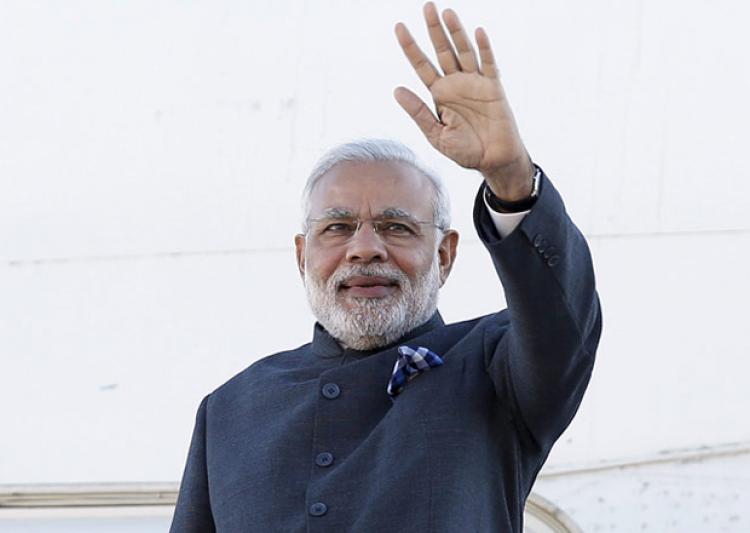By Siddharth Singh
- Delhi and Tehran have a robust and comprehensive relationship which includes energy and commercial cooperation, infrastructure development in Iran and beyond, as well as military ties. India-Iran ties have a historic apart and beyond that a civilisational link as well. If we go back a little in history then on March 15, 1950, New Delhi and Tehran signed a friendship treaty which called for “perpetual peace and friendship” between the two states. In principle, this document committed the two to amicable relations; however, in practice, both states were mired—albeit to differing extents at different times—in opposite Cold War alliances that precluded the development of robust bilateral ties. Although India largely welcomed Iran’s 1979 Revolution as an expression of national self-assertion, and although the post-revolutionary Iranian leadership was generally well disposed towards India, significant differences persisted between New Delhi and Tehran. Iran was more critical of the Soviet invasion of Afghanistan than was India.
-
Economics:
India-Iran enjoys economic and commercial ties covering many sectors. However, the trade relations have traditionally been buoyed by Indian import of Iranian crude oil resulting in overall trade balance in favour of Iran. The India-Iran bilateral trade during the fiscal 2015-16 was approximately USD 15 billion. India imported US$ 10 billion worth of goods mainly crude oil and exported commodities worth US$ 5 billion. The unilateral economic sanctions imposed on Iran have had an adverse effect on the bilateral trade as the international banking channels have gradually become non-existent. India and Iran hold regular bilateral discussions on economic and trade issues within the framework of India-Iran Joint Commission Meeting (JCM). The 18th India-Iran JCM was held in New Delhi on 28 December, 2015. -
Iran and India are both optimistic about the commercial benefits of Central Asian markets and hope to share the benefits of the North-South Transit Corridor. Iran requires massive infrastructure investments to extract maximum benefits from this corridor, and India is lined up to provide cost-effective intellectual and material assistance in the development of information technology networks, ports, roads, and rail projects. Iran, for its part, needs a partner like India with a sophisticated and complex set of international relations.
Iran also has an expectation that India will provide expertise in electronics and telecommunications as well as upgrades for many of its legacy Russian weapons systems. While little in this regard has materialized but still negotiations in this area are on track. Iran is also seeking combat training for missile boat crews and hopes to purchase simulators for ships and subs from India. -
Strategic:
If we look at the bilateral relation from a strategic point of view then India’s strategic interest lies in the entire Indian Ocean basin. The westernmost frontier of this strategic area stretches to the Strait of Hormuz and the Persian Gulf. India needs Iran to achieve its varied objectives in Central Asia. Iran also sees a tremendous complementarity of interest with India. So Tehran and Delhi derive benefits from their relationship domestically and internationally. While these two countries have been talking about “strategic relations” for some time with few concrete results, the last few years have witnessed ostensibly substantive advances. India and Iran also established a joint working group on counterterrorism and counter-narcotics, reflecting their mutual security concerns in these functional areas. -
Both Iran and India share concerns about the domestic security situation in the Central Asian states and are wary of the multitude of security threats that Pakistan poses to the region and beyond.
India and Iran have enjoyed good maritime relations that include high-level political and military visits, joint-naval exercises, naval technology cooperation, and maritime infrastructure developments symbolized by port development in Chahbahar. Naval cooperation between the two sides dates back to the mid-1990s when the Indian Navy helped the Iranian Navy to adapt four Russian-built Kilo-class submarines for warm water conditions in the Persian Gulf. India is assisting with the development of the Iranian port at Chabahar, located on the coast of the Gulf of Oman. The reason behind this endeavor is linked to geopolitical rivalry and strategic alliances in the Indian subcontinent. -
Energy:
Keen to step up engagement in the hydrocarbon sector with Iran, India has conveyed to the Persian Gulf nation that it is ready to clear nearly $6.5 billion of the dues for oil import from that country at the earliest, provided there was clarity on payment channel. India has also shown its keenness for Indian companies to invest up to $20 billion and for setting in setting up petrochemical and fertilizer plants, including in the Chabahar SEZ, either through joint venture between Indian and Iranian public sector companies or with private sector partners. Petroleum minister Dharmendra Pradhan and External Affairs minister Sushma Swaraj had visited Iran in last 2 month during which they had conveyed to Iranian leaders that India wants to significantly ramp up engagement in oil and gas sector with that country. Following lifting of sanctions against Iran, India has been eying deeper energy ties with Iran. New Delhi is looking to increase engagement with sanction-free Iran by raising oil imports and possible shipments of natural gas. It also wants rights to develop Farzad-B gas field in the Persian Gulf discovered by OVL. -
Conclusion:
Hoping to raise India’s relations with Iran to a new level, Prime Minister Narendra Modi will visit Tehran on May 21 where he will meet with Iran’s Supreme Leader Ayatollah Ali Khamenei.The Modi-Khamenei meeting will be closely watched, especially by Israel, Pakistan and the United States. - (Siddharth Singh is Research Associate with Syama Prasad Mookerjee Research Foundation & Research Scholar at School of International Studies (SIS), JNU. Twitter: @Sid4india His E-Mail ID is [email protected] )
(The views expressed are the author's own and do not necessarily reflect the position of the organisation)

